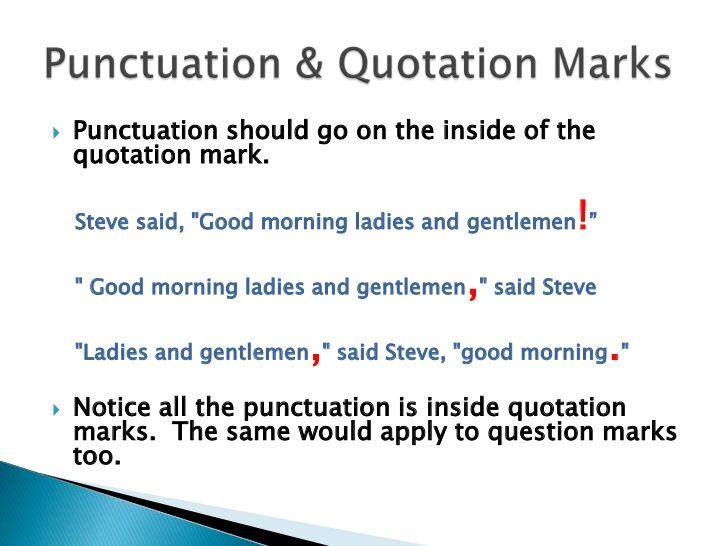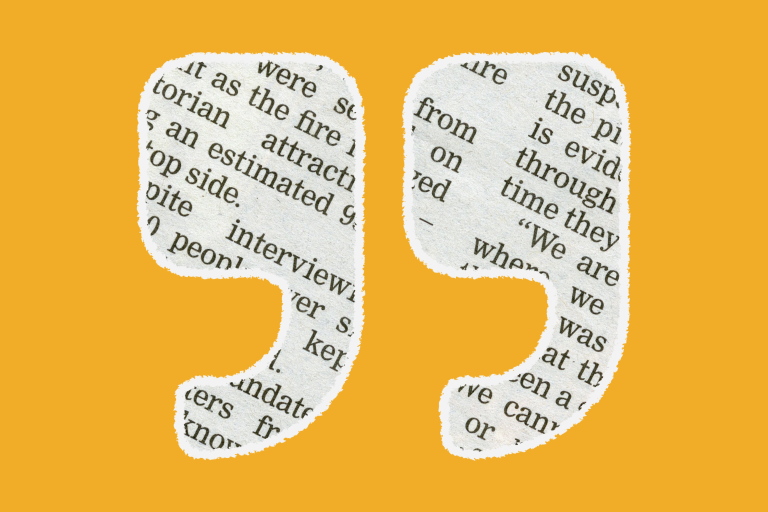How to Use Dialogue Punctuation Correctly
Dialogue punctuation is one of the most important aspects of writing dialogue in a story. It is essential that writers master this skill to make their dialogue sound natural, clear, and easy to read. Without proper punctuation, dialogue can be confusing and frustrating, leading readers to lose interest in the story.
In this article, we will explore the basic rules of dialogue punctuation and provide some examples to help you use dialogue punctuation correctly.

Dialogue Punctuation Definition and Examples
First and foremost, it’s important to remember that punctuation marks, such as commas, periods, and question marks, are used in dialogue to signal the end of a sentence or a pause in speech. Every time a different character speaks, a new paragraph should be created, and the first word should be capitalized.
Here are som examples:
“Hello,” Jane said.
“Hi,” replied John.
The above example shows how to correctly punctuate dialogue between two characters. Notice the use of the comma after the spoken sentence, and how the tag (said and replied) are separated from the spoken sentences.
A common mistake made by writers is placing a period after a tag but before the spoken sentence. This is incorrect, as the spoken sentence is still a part of the same thought. For example:
“Hello,” Jane said. “How are you?”
The above example is incorrect dialogue punctuation. Instead, it should be:
“Hello,” Jane said, “How are you?”
Notice how the comma is placed after “said,” instead of the period.
Another common mistake is to forget the question mark at the end of a question in dialogue. Questions should always end with a question mark, and it should be placed before the tag. For example:
“Did you hear the news?” asked Jane.
The above example shows proper dialogue punctuation using a question mark. Note that the tag is connected to the question, but the question mark is independent of the tag.
It’s important to remember that the punctuation inside the quotation marks is only for the spoken text. Anything outside of the quotes, such as dialogue tags, description, or action, should not carry punctuation and should have its own sentence-ending punctuation.
“I can’t believe it,” said Jane. “This is amazing!”
This example is the proper way to punctuate a speech with a dialogue tag. Notice how the exclamation point is placed outside of the quotation marks, as it applies to the statement as a whole.
Here is another example of proper dialogue punctuation with multiple sentences and actions:
“I had a great day at work,” said John. “My boss congratulated me on my project.”
Jane smiled and gave him a hug. “That’s fantastic news!”
This example shows how action can be included in dialogue without confusing the reader. Note how the spoken lines are separated by commas and enclosed in quotes, and the action lines are separate sentences, without quotation marks.
Additional Examples of Correct Dialogue Punctuation:
“I can’t believe I’m going to Paris!” exclaimed Cathy.
In this example, the exclamation point is inside the quotation marks because it applies to the dialogue rather than the speech tag.
Mike said, “I’m sorry I’m running late. Traffic was terrible.”
In this example, a comma separates the spoken line from the speech tag. Note that the punctuation inside the quotation marks is for the spoken text, not the speech tag.
The teacher asked, “Who can tell me the answer to this question?”
Here, the question mark is inside the quotation marks because it applies to the spoken line, not the speech tag.
“You won’t believe what happened yesterday,” said Tom, “I saw Jeff at the supermarket.”
This example shows the proper punctuation of a dialog tag that interrupts dialogue in the middle of a sentence. The comma after “said” shows that Tom is still speaking.
“I have a secret,” whispered Sarah.
In this example, the verb “whispered” is a dialogue tag, so it ends with a comma. Note that verbs like “whispered,” “murmured,” and “shouted” are examples of dialogue tags.
In general, it’s a good idea to avoid using a lot of dialogue tags and instead use action to show who’s speaking. For example:
“I can’t find my keys,” said John, looking around the room.
“Did you check the kitchen?” asked Mary, pouring herself a glass of water.
“No, I haven’t.” John got up and headed for the kitchen.
In this example, the action “looking around the room” and “pouring herself a glass of water” are used to show who’s speaking instead of dialogue tags. The actions also add more detail to the scene.
In addition to these rules, there are a few other things to keep in mind when punctuating dialogue. For example, if a character’s speech is interrupted by someone else speaking, use an em dash (—) to show the interruption:
“I don’t think—”
“You don’t think what?” interrupted Karen.
“I don’t think we should go to the party tonight.”
Here, the em dash shows the interruption in the character’s speech.
Also, if a character is speaking for a long time, break up their speech into separate paragraphs:
“I was on my way to work this morning, and I saw a deer by the side of the road. It was the most beautiful thing I’ve ever seen. It was just standing there, looking at me with those big brown eyes, and I knew that I had to stop and appreciate the moment. So I did. I got out of my car and walked over to the deer, and it just looked at me for a long time before finally running away.”
Here, breaking up the character’s speech into shorter paragraphs makes it easier to read and follow.
Conclusion
In conclusion, correct dialogue punctuation is essential for writers looking to create engaging stories. By following these guidelines, writers can ensure that their dialogue flows naturally, is easy to read, and helps move the story forward. Remember to double-check for common mistakes, such as omitting punctuation or placing it in the wrong place. With practice and attention to detail, writers can take their dialogue to the next level, creating dynamic scenes that draw readers into their world.
Here at WriterArmy, our goal is to find solutions for our clients in using the correct grammar, as well as creating optimal content suited to your needs. Book a discovery call to learn more about our SEO content services and for us to learn your unique needs. We look forward to hearing from you!








